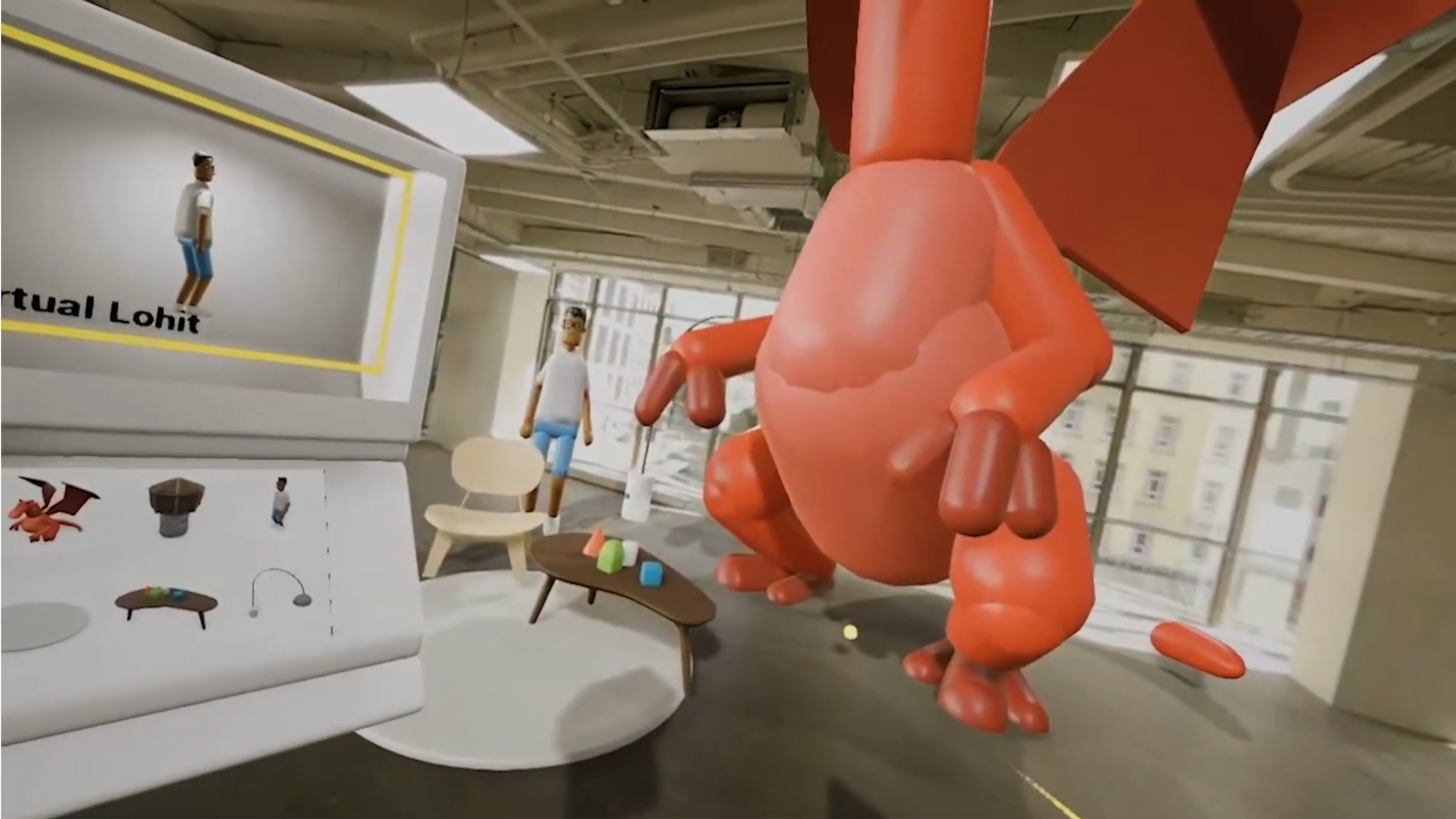Extended reality telecollaboration
Develop platforms and services for human teleportation and remote collaboration using cross-reality technology (XR).
Augmented Virtual Teleportation (AVT): unlocking the power of teleportation
Teleportation has been a dream of science fiction and scientists alike. Dr Taehyun Rhee and his team are blending the real and the virtual to make it a reality.
What if with the flick of a switch you could immediately travel to a distant location, to meet face-to-face and work alongside a project team in their remote studio, significantly enhancing the quality of video-conference calls that have increased because of COVID-19? Or maybe you could choose to appear front row at Glastonbury, rubbing shoulders with other fans just as your favourite band takes the stage.
Augmented virtual teleportation enables users to experience remote telepresence.

Using remote virtual reality (VR) users will be teleported to the location of an augmented reality (AR) host. Both the AR and VR users can share an AR host’s environment, enabling them to communicate, collaborate and exchange ideas, just like if they were both present in the same location.
Virtual teleportation can be achieved through a blend of AR and VR technologies, with the use of 360° video, live streaming, and high fidelity computer graphics that can seamlessly blend the virtual and the real in a shared space.
Gait training using smart insoles and immersive reality technologies (XR)
Gait analysis and rehabilitation training are areas of healthcare which dramatically increase the quality of life of post-trauma patients, athletes, people with chronic conditions and many others. Traditionally these tasks have been done through movement observation by a medical doctor. More recently, the development of tracking technology and wearables such as smart insoles and easily accessible AR/VR devices have opened new opportunities for gait training and rehabilitation. This project aims to leverage state-of-the-art immersive reality (XR) and sensing technologies (Smart Insoles) to develop novel portable real-time tools and new knowledge to transform how gait training is currently performed for rehabilitation and physical recovery.
This project was granted $200,000 funding support by the Science for Technological Innovation National Science Challenge (SfTI) and initiated in April 2021. For more information, please contact the Lead Investigator Dr Nadia Pantidi: nadia.pantidi@vuw.ac.nz
